Islamic Places To Visit In Madinah: When we talk about Halal Destinations to travel to, the second-most spiritually important place in Islam is Madinah. Millions of visitors make their way to this lovely holy city for religious reasons or to explore the most incredible tourist sites in Madinah, which add to its flair.
It is not mandatory to visit Madinah during Hajj or Umrah, but many of us will since it is a city rich with the Prophet Muhammad’s history. In addition to pilgrimages to Hajj and Umrah, many visitors also help boost tourism by visiting some of the area’s famous mosques and interesting tourist sites.
What Religious Sites Should You Visit in Medina?
We’ve already talked about the Best Things to do in Medina for a Memorable Trip but today we will focus solely on religious sites. Al-Masjid An Nabawi is the main attraction for most visitors to Madinah. There are many more fantastic places, but we’ll discuss the top 10 places to visit in Madinah that you should include on your list.
Let’s dig in further to find out!
01. Masjid e Nabawi
The mosque of the Prophet Muhammad is also known as Al-Masjid a Nabawi. When the Prophet Muhammad s.a.w. moved to Yathrib with his companions in the first year of Hijrah, he constructed this second mosque. After Masjid-ul-Haram, it is the Muslim community’s most respected Islamic place.
It was reported by Abu Huraira (may Allah be pleased with him) that the Prophet Muhammad (s.a.w.) said:
“Prayer in my mosque is more excellent than a thousand prayers observed in other mosques, except for the Masjid al-Haram.”
The recognizable green dome designates the position of Prophet Muhammad’s s.a.w. grave. The sight of it and the realization that you are so close to the Prophet Muhammad’s final burial place make it difficult not to cry.
Seize the opportunity to pray at al-Rawdah or Riaz ul Jannah (the garden of Paradise)!
This mosque is obviously one of the top mosques to visit in Madinah, because what can be better than a mosque that our dearest Prophet Muhammad built for us.
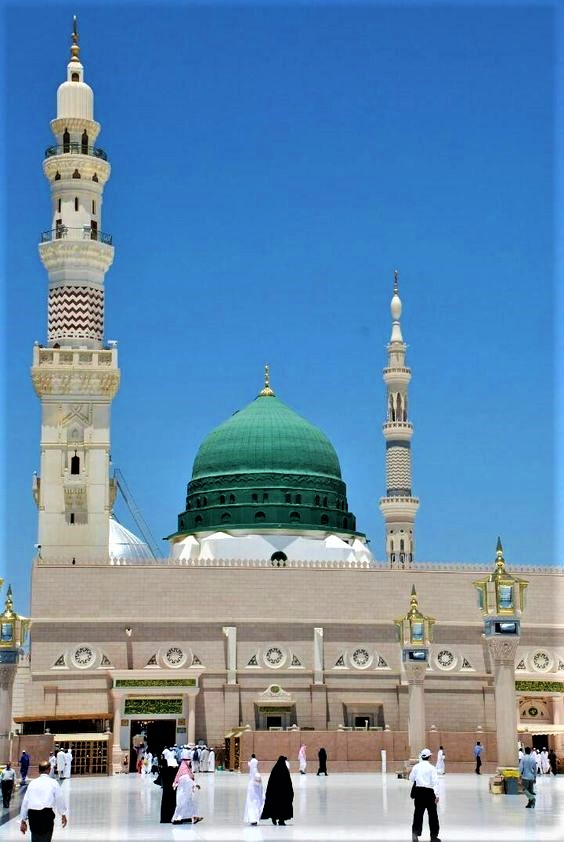
02. Mount Uhud
If you know about the battles of Islam, you probably know that Jabal Uhud is one of the holy sites in Madinah, also known as Mount Uhud which is located north of Madinah. The distance from Madinah to it is five kilometers. The fierce Battle of Uhud between the early Muslims and the Quraish in the third Hijri took place on the mountain.
After being humiliated by a much smaller Muslim force in the Battle of Badr, Quraysh gathered a sizable army to exact revenge. Additionally, this site serves as the final resting place for the Prophet’s (PBUH) companions and his uncle Hamza (R.A). Currently, this mountain is home to a small market.
The Prophet of Allah (PBUH) once said regarding this mountain,
“Uhud is a mountain that loves us, and we love it.”
(At-Tirmidhi)
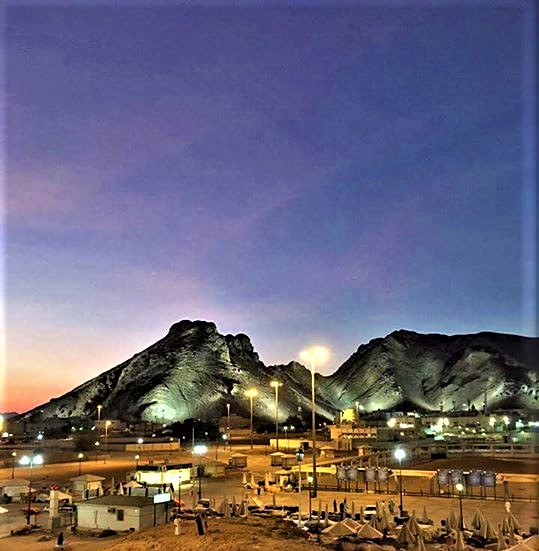
03. Jannat Ul Baqi
The first and oldest Islamic graveyard in Madinah, Jannatul Baqi, also known as the Garden of Heaven, was the setting for the cremations of many of the Prophet Muhammad’s companions, wives, and daughters. Among them are Imam Hassan, Hazrat Abbas, and Hazrat Usman (RA).
As’ad Bin Zararah (RA), a companion from the Ansari tribe who passed away soon after the Prophet (PBUH) moved to Madinah, was the first person to be buried in Al-Baqi.
The Prophet (PBUH) decided to build a graveyard here. Uthman bin Mazoun (RA) was the first Muhajirun (Emigrants) to die here, shortly after the Prophet (PBUH) returned from the Battle of Badr.
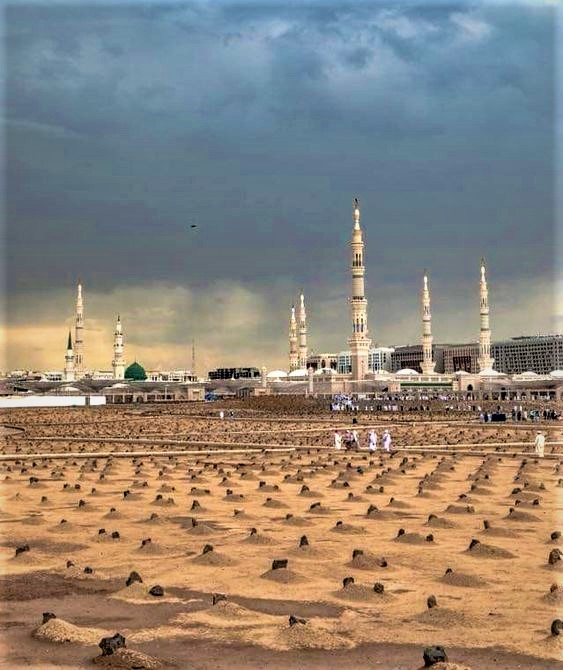
04. Masjid Al-Qiblatayn
In the Qiblatain Mosque, the Prophet Muhammad s.a.w. received the revelation to move the qibla from Baitul Maqdis to al-Masjid al-Haram. Due to this pivotal moment in Islamic history, we all now face Makkah when we pray.
This beautiful mosque’s architecture and artwork follow a traditional style, and it is well known for having twin Mihrabs and a large prayer hall. You will undoubtedly have a memorable experience when you visit to Madinah.
The Prophet (PBUH) guided his companions in prayer while receiving revelation for the verses of Surah al-Baqarah that follow:
“Verily, We have seen the turning of your (Muhammad’s) face towards the heaven. Surely, We shall turn you to a Qiblah (prayer direction) that shall please you, so turn your face in the direction of Al-Masjid Al-Haram (at Makkah). And wheresoever you people are, turn your faces (in prayer) in that direction.” [Quran 2:144]
As a result, the mosque was given the name Masjid al-Qiblatain or the Mosque of the Two Qiblas. You can view directional markers for Makkah and Jerusalem at the prayer hall. Due to current construction, more than 4,000 worshipers can now fit inside the mosque.
05. Quba’ Mosque
In terms of religion, Quba Mosque is one of the few must-see Islamic places in Madinah. After Masjid e Nabawi, it is Madinah’s second-largest and most renowned mosque.
Muhammad s.a.w. built the Quba Mosque after moving to Madinah. Every Saturday, he would travel to the mosque on a camel or foot to perform two rakaats of prayer. It was the first mosque constructed in Islam.
We are urged to offer two Rakat of Sunnah prayers in this mosque. Sahl ibn Hunayf reported a hadith from Sunan Ibn Majah that Rasulullah s.a.w. stated,
“Whoever purifies himself in his house, then comes to the mosque of Quba and prays in it, he will have a reward like the Umrah pilgrimage.”
(Hadith by Imam Ibn Majah)
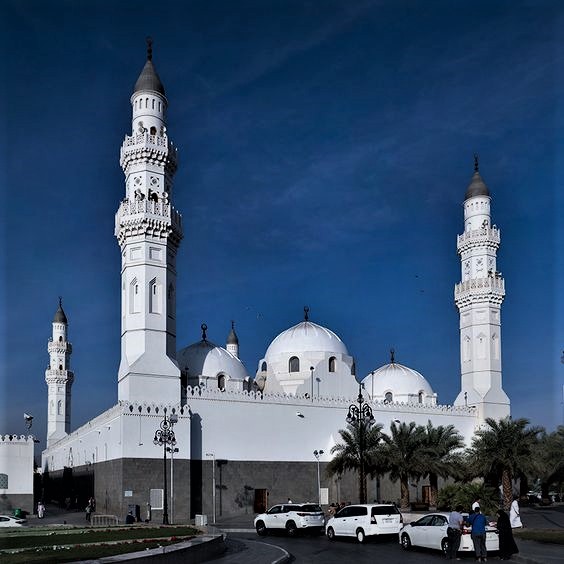
06. Masjid Al-Ahzaab
At the westernmost point of Jabal Sela is the Masjid Al-Ahzaab. The location of this mosque is the same area where the enemies attacked Madinah. During the battle of Ahzaab, the Prophet (PBUH) prayed here, and Allah delivered him the good news of victory.
A trench or tunnel was dug during the struggle to protect the Muslims. There are currently six mosques in this area, but this one is the biggest and one of the greatest holy places to visit in Madinah. The mosque has gone through various construction and reconstruction phases.
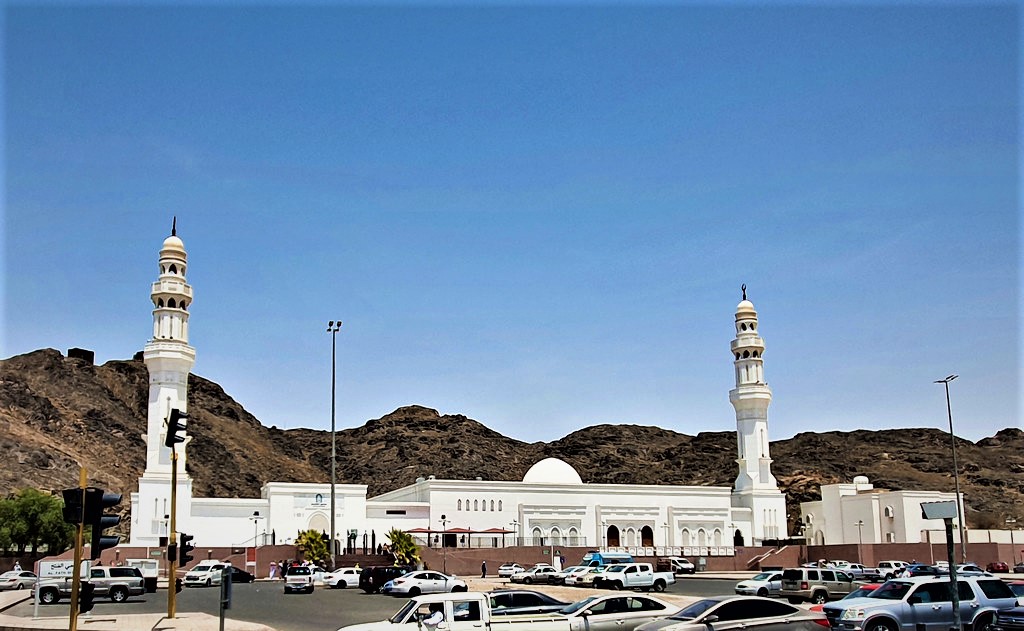
07. Wadi e Jinn
Wadi e Jinn is approximately 41 kilometers northwest of Madinah. The valley is thought to have a mysterious influence because no one drives cars here. Every year, a million people come to this valley from all over the world, attracted by this charming occurrence.
The locals assert that they have even heard voices state, “You don’t belong here,” and they believe this is because of the influence of the Jinn that resides in the valley. Asir and Najran, also in the Kingdom, experience the reverse gravity phenomenon, which geologists attribute to reverse gravity.
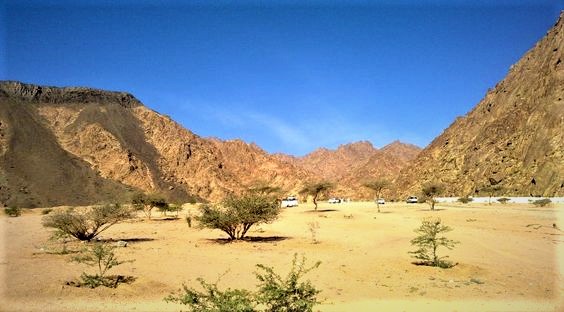
08. Hazrat Salman Farsi (R.A) Garden
To free Salman Farsi (RA) from slavery, the Prophet Muhammad (PBUH) planted 300 date palm trees there. He was an enslaved Persian from a wealthy family who was sold into slavery and transported to Madinah.
This garden is one of the top Islamic historical places in Madinah and is close to Masjid Quba so you can easily visit both places on the same day. Those date palms are still present in the garden, which produces an abundance of dates. On your travel to Madinah, take advantage of the garden.
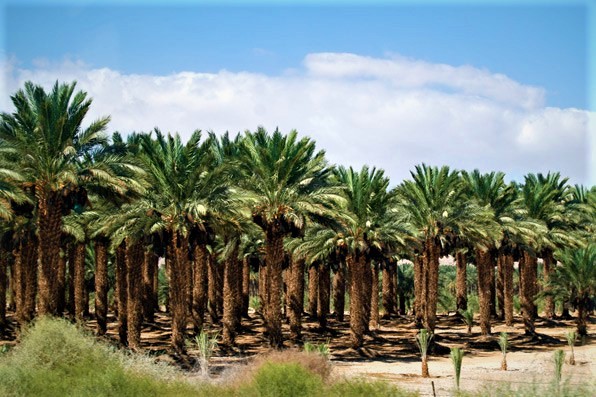
09. Hazrat Uthman Bir
A severe water deficit once existed in Madina due to a lack of rainfall. All of the wells were empty and dried out. The only well with water belonged to a Jew. The proprietor, a Jew, was highly discriminatory and offered water for free to the Jews while charging the Muslims costly charges.
When the Prophet heard about it, he urged the Muslims to purchase property for themselves. He said,
“Anyone who wants a house in JANNAT should buy that well.”
When the Prophet (PBUH) said that only buying a well could make a house in Jannat, Hazrat Usman bin Affan (PBUH) decided to purchase that well right away. When he went to that Jew and asked how much he would charge for that well, he was told to sell only half of it. Hazrat Usman acquired half the well to make it a waqf, allowing Muslims unlimited access to water.
Now that no one was buying water from that Jew, he requested Hazrat Usman to buy the other half, which he gladly did. Since then, Bir Uthman has been the name given to this well.
10. Al-Madinah Museum
The most important museum and one of the historical places to visit in Madinah dedicated to Islamic history is located on King Abdul Aziz Road in Madinah Knowledge Economic City. A visit to the great museum transports you back to a bygone era while illuminating the rich Islamic heritage and the diversity of its culture.
Besides publishing journals and hosting seminars, the museum details the life of Prophet Muhammad (PBUH) as well as the history of the city. The Al-Madina Museum is open on weekends and holidays. The entrance cost is SR25 ($6.70).
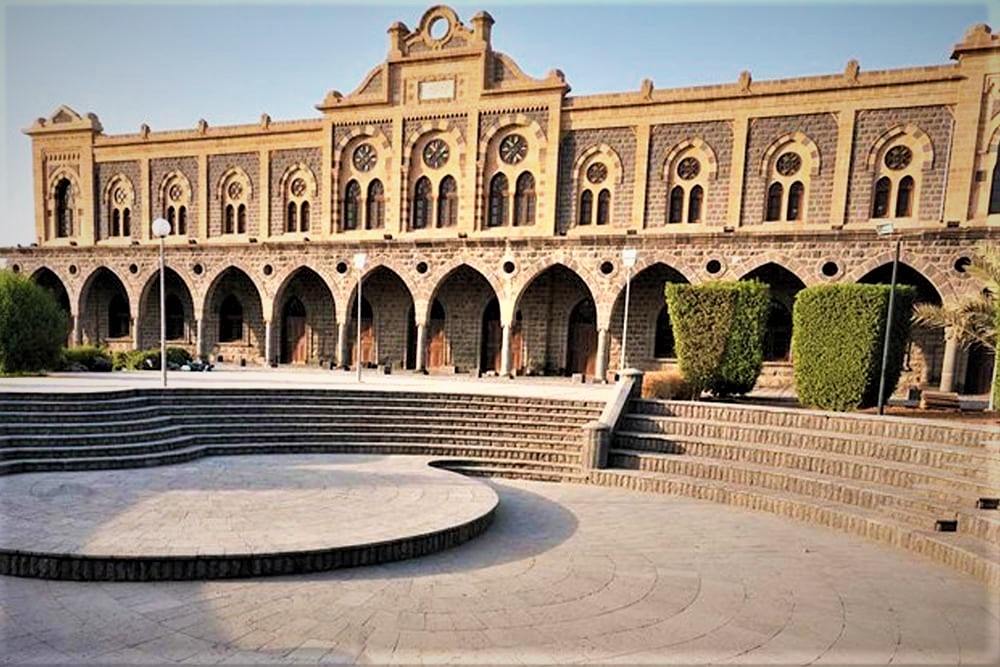
Frequently Asked Questions
Q. What do Muslims do in Madinah?
Since Medina is one of the two holiest places in Islam, it is a major stop for the millions of pilgrims who go to Saudi Arabia each year to do the Hajj or Umrah. The Prophet’s Mosque, also known as Al-Masjid a Nabawi, was constructed by the Prophet and served as his burial site and the city’s focal point.
Q. Can tourists travel to Medina?
In contrast to Mecca, Medina is accessible to everyone, even non-Muslims. Despite this, it is highly forbidden for non-Muslim tourists to enter the vicinity of Al-Masjid Al-Nabawi, the Prophet’s Mosque.
Q. What is Ziyarat in Madina?
In Islam, Makkah and Madinah hold enormous religious significance, so millions of Muslims flock there each year for Ziyarat. Ziyarat is a pilgrimage to locations with ties to the Prophet Muhammad, his ancestors, family, companions, and other revered personalities in Islam.

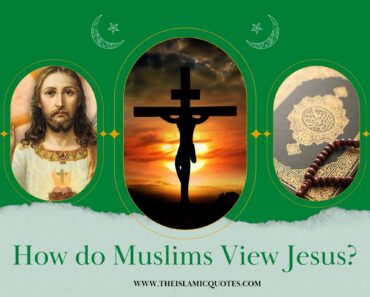
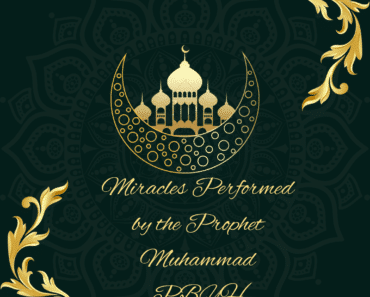
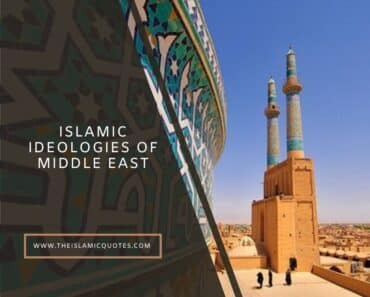
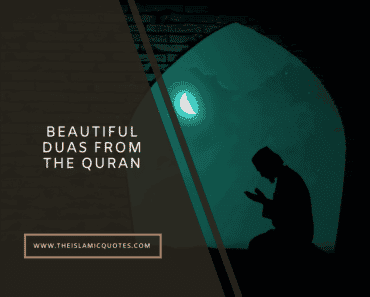

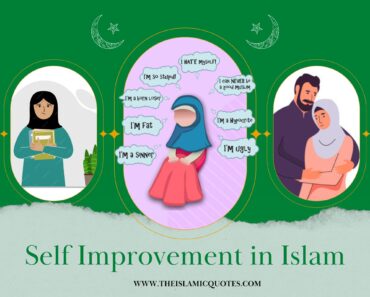
Such an insightful post! Madinah is truly a spiritual gem, and its historical significance makes it even more special. The sites mentioned, like Al-Masjid an-Nabawi and Quba Mosque, are not to be missed. Visiting these sacred places brings a sense of peace and connection. Even without Hajj or Umrah, exploring Madinah offers a profound experience. Have you visited any of these sites? Which one left the strongest impression on you?